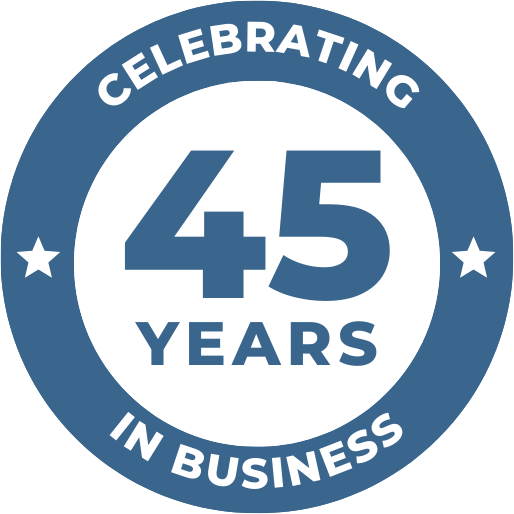Navigating the alternative financing waters…
The American economy relies on small businesses for stability and growth. The ability for small business to grow, expand and ultimately succeed requires consistent and reliable access to capital. Young companies rely heavily on external debt, receiving about three-quarters of their funds from banks via loans, credit cards, lines of credit and other resources.
The increased demand for quick and easy access to working capital has sparked intense competition among lending institutions to provide alternative products that meet the needs of small businesses. The type of financing these businesses require varies depending on the industry and stage of the business.
Below are some principal reasons that small businesses need access to capital and some alternative financing options available for each situation:
Starting a Business
The average cost to start a business can range from a few thousand dollars to hundreds of thousands depending on the nature of the business. It is often difficult to get approved for a loan because most lenders want to see a track record of success and profit, anywhere from eighteen months to three years.
If you’re starting a business and need start-up capital, first figure out how much you need, itemizing all the costs you expect to incur as you start the business. Then look into raising the necessary funds. If securing a bank loan isn’t possible, consider reaching out to your immediate network of family and friends to raise the initial seed money, utilize personal savings or credit cards.
Growing the Business
Once you have your business off the ground and have established a track record of success, it may still be difficult to obtain a small business loan to finance business-growth operations. Look for alternatives to traditional lending until you are able to qualify for traditional bank financing. Your bank will be able to tell you their particular requirements when applying for a loan or line of credit. Local Small Business Development Offices or the local Chamber of Commerce is a good source of referrals.
Keeping Business Healthy and Strong
There really isn’t a one size fits all lending solution for every business. Choosing the right alternative for the particular business need is key:
In the early stages of business, microlenders can be a good source of capital. In later-stage business SBA lenders or community banks/credit unions have multiple products and options. Receivable-based financing providers (factors) are good for B2B businesses that need capital to cover the period between when they send an invoice to businesses and when they receive payment. This is usually a 60-to-90-day bridge for receivables, which can help streamline cash flow and strengthen the firm.
There is a multitude of options available for small businesses wishing to obtain the capital they need to start up, sustain operations, expand and ultimately succeed. Having a solid understanding of the options available and how they measure up is key to determining the options that are best for your small business.
By Anne Capps Executive Vice President – American Receivable







